Beyond The Embers
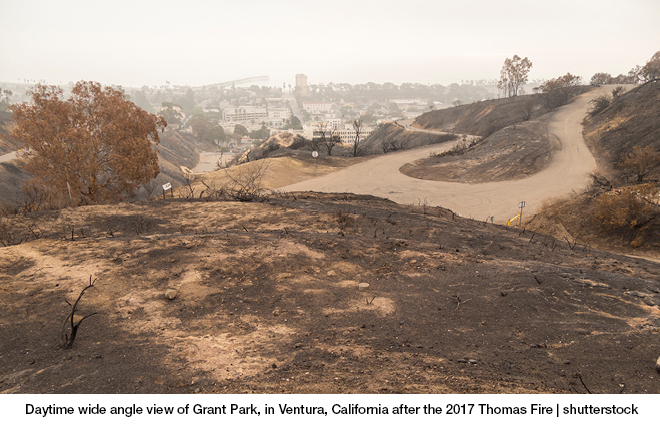
In the past few months, California has been scorched by wildfires up and down the coast, from Orange County to Napa and Sonoma Counties. In the wake of the devastation, it would be understandable to be pessimistic at this seemingly bleak state of affairs. Yet, there are reasons all over the state for optimism and hope in what the post-fire future holds.
First and foremost, we must look back on the undeniable heroism of countless firefighters, police officers and others who helped evacuate areas to keep people safe, as well as the homes they managed to save in spite of near impossible conditions: shifting winds, high temperatures, dry brush and dry air. Their actions undoubtedly saved lives, pets, property, and homes; they should be admired for their selfless work.
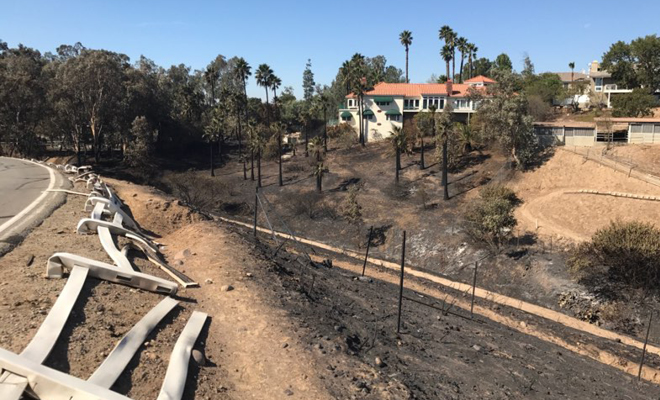
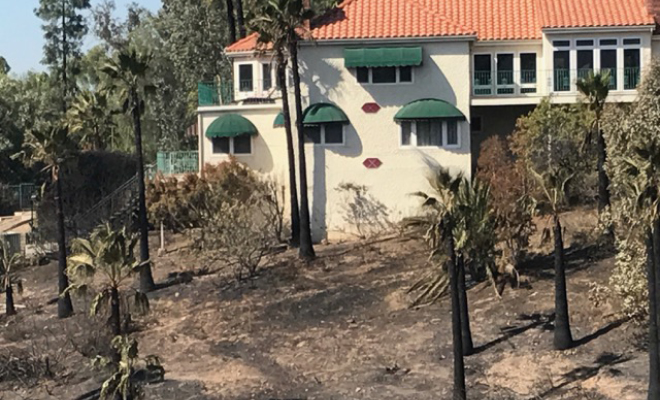
Next, we can look to the past to help unfold a better future. Look back to the 1906 earthquake and corresponding fire in San Francisco which combined to destroy nearly 80% of the city. How long did it take to rebuild an entire metropolitan area? Just one decade. In the meantime, there were upwards of 5,000 “relief houses” built to accommodate some of the displaced residents who lost their homes. Designed by John McLaren (not an architect) and built for $100, these homes were the first step to rebuilding. How about the Great Chicago Fire of 1871? Over three square miles of Chicago were completely destroyed. What did they do? They rebuilt the city using more fire-resistant materials like masonry. The city then rewrote its fire standards as donations, both monetary and otherwise, poured into the city from all over the country.
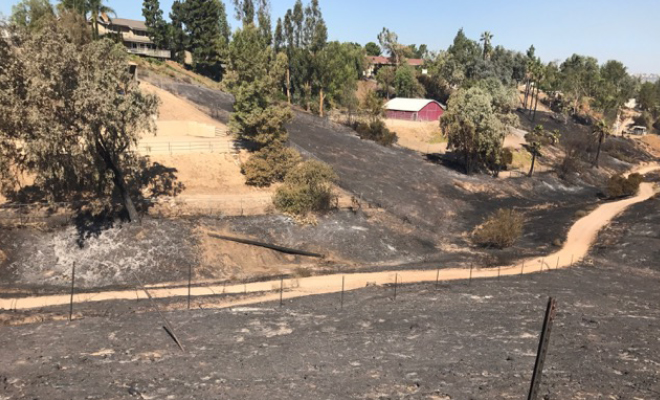
Lastly, we can ask ourselves what we can do now. What we–as planners, as designers, as architects, and mostly, as people–can do. In the past, architects have played a critical role in the redesign and rebuilding of lost structures and cities. But it goes beyond that. City officials and state governments can work to better the fire standards in high-risk areas, improve notification, or clear dry brush in wilderness areas. The Orange County Fire Authority is proposing limiting plantings adjacent to buildings to be under six feet in height to reduce embers entering the attics. Contractors can rethink the way they construct buildings for better fire resistance in the future. Architects can design using fire-resistant materials. The use of masonry, metal, concrete or other non-combustible materials, fire-resistant roofing or high-performance attics can help save homes. The list goes on. But everyone can help. The disaster is over, yes, but now is not the time to look back in sadness; it is the time to look forward with optimism and hope.
As designers, we are taught early on to look at precedent for inspiration. We can all do that now, as we look back in order to push us to a better, safer, more responsible future. As we rebuild not only what was lost, but better than what was lost.



Photos were taken after the Canyon Fire 2 on October 12, 2017.
If you feel the urge to help out, the following organizations are still accepting donations and offering ways to assist the areas still struggling with the aftermath:
American Red Cross California Wildfires Relief Efforts California:
https://www.youcaring.com/americanredcross-976697
http://www.redcross.org/about-us/our-work/disaster-relief/wildfire-relief
Other resources:
http://www.sacbee.com/news/state/california/fires/article177964926.html

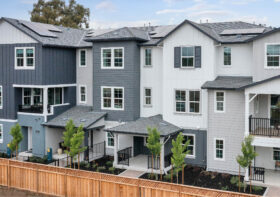

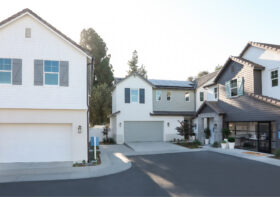
Leave a Reply